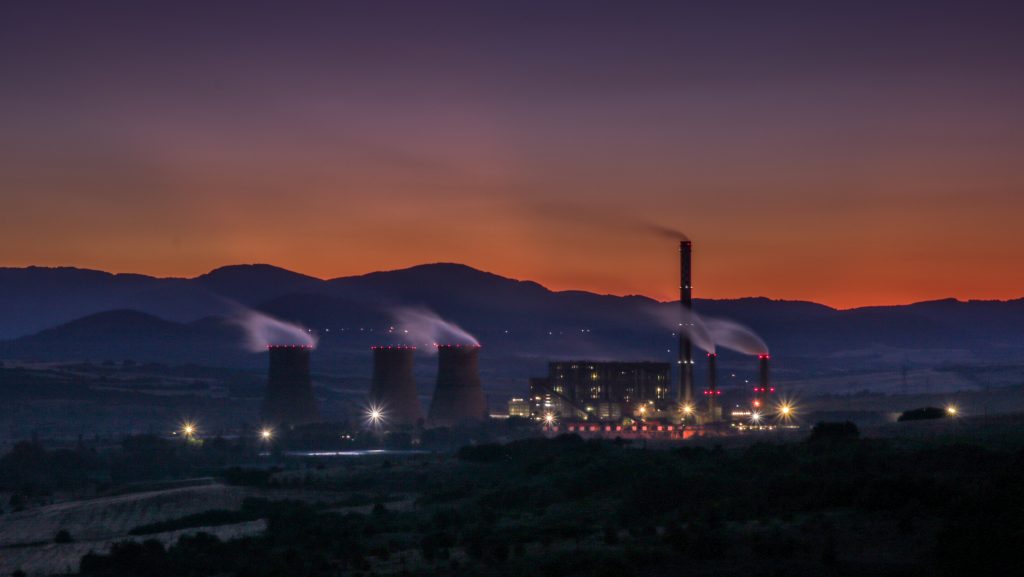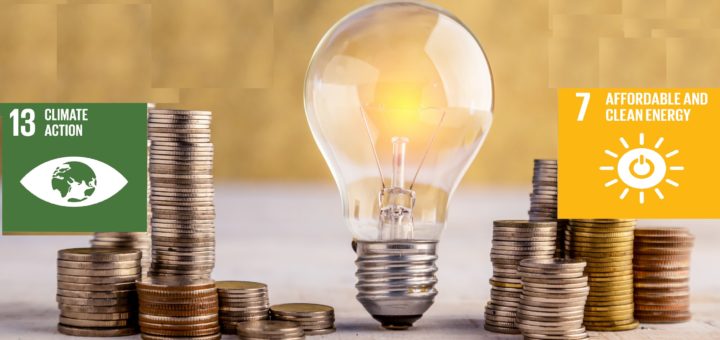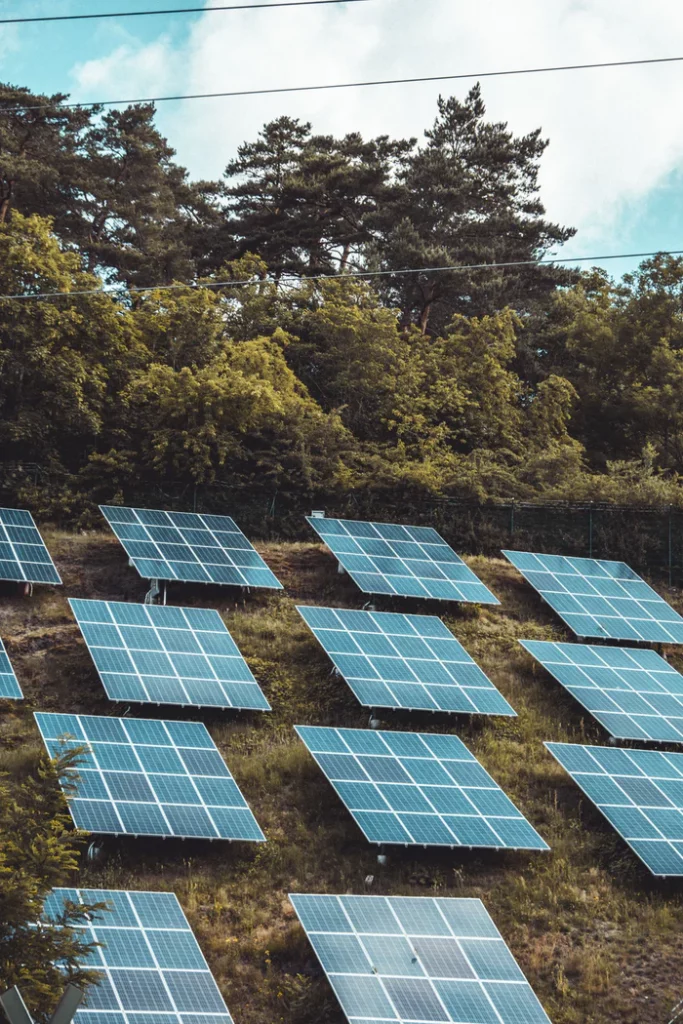COVID-19 pandemic has led to the worst economic downturn of the last decades mainly due to measures to stop the spread of the virus. This has led to reduction in demand and production capacity. Governments worldwide adopt packages as a response to the COVID-19 crisis, with $3.5 trillion dedicated to climate protections in the agriculture, industry, energy, and transport sectors. By adapting packages that are green, boosts economic growth worldwide triggered by increased low-carbon investment.
Global
Covid-19 has particularly impacted mobility due to a fall in transport activities. If this fall is to continue is uncertain and what the implications on policy are. However, post-COVID recovery offers a critical policy window for managing adverse effects on energy demand. Strengthening and countering policies for impacts from COVID-19 are discussed and what impact this has on mobility and homes.
Pandemics have led to an increase in inequality. After COVID-19, an additional 75 million of poor is estimated at the global level in 2020. Current policies to address inequality are inadequate; policymakers should aim to mitigate climate change and recovery from the COVID-19 crisis while protecting the most vulnerable.
DEEDS’ knowledge base constitutes of two components: the scenario explorer and the technology database and intends to reach out to a broader audience and academia who could deliver deep and rapid reductions in emissions. This may help stakeholders to access detailed information about expected European emission limits, technology markets and energy prices, to develop strategies and understand the market potential for technologies consistent with decarbonisation pathways.
The largest short-term reduction in energy use and largest short-term reduction in energy use and carbon emissions in a lifetime is a result from the Covid-19 pandemic and are still in the process of being assessed. This had led to significant changes in people’s day to days lives that are unparalleled in the last few decades.
Individual behaviour could also play a crucial role in reducing greenhouse gas emissions. This research explored the impact a range of behaviour changes across mobility, food, heating, leisure, and waste would have on Greenhouse Gas emissions. The results show that individuals’ moderate to rigorous behaviour change in the EU could reduce per capita carbon footprint by 6-16%. Three behavioural profiles were used to estimate emission impact from changes in behaviour: Enthusiast, Conscious and Convenient profiles. The benefits from behaviour change would be significant emission reductions and a variety of co-benefits for public health, land use, and regional ecology.
Researchers take a critical look at the use of energy efficiency indicators in energy policy and state the strategy of energy efficiency to save energy is very simple. However, efficiency is problematic to implement. Oversimplification of efficiency measurements can have a detrimental effect on the choice of energy policies. Proposed method unpacks and structures energy input and output information in a meaningful and transparent way by generating a rich multi-level and multi-dimensional information space.
CO2 emissions from non-electricity energy uses, e.g., industry, transport, and heating, are the greatest impediment to meeting Paris Agreement ambitions. For 1.5°C temperature increase limit; negative emissions technologies will become a necessity and implies a remaining carbon budget of just 200 billion tons of CO2 until 2100. Compared to the 4,000 billion tons of CO2 that would be emitted until 2100 if current trends continue. Future CO2 emissions must be kept within a finite budget.
Low carbon investments need to increase if the world is to achieve the Paris Agreement aim of keeping global warming below 2°C. A fundamental transformation of the global energy system can be achieved with a comparatively modest increase in overall investments. Shift of investments away from fossil fuels and toward renewables/energy efficiency is needed. Current incentives like the NDCs will not provide sufficient impetus for the “pronounced change” that are needed for the energy system.
Photovoltaics (PV) has become the cheapest source of electricity in many countries and every two years, the capacity is roughly doubled, but it is uncertain if this growth will be sustained. If potential barriers to deployment are addressed, PV could cost-competitively supply 30-50% of global electricity by 2050. Two potential barriers which need to be addresses could hinder continued growth: integration challenges, as many options exist, and the financing costs require international cooperation.










